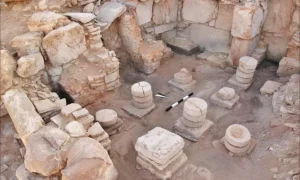Umm Al-Biyara, translating to “Mother of Cisterns,” stands as the highest peak in the ancient city of Petra, located in present-day Jordan. This mountain not only dominates the landscape but also offers a unique vantage point over the city, which was the capital of the Nabataean Kingdom from around the 4th century BC until the Roman annexation in 106 AD.
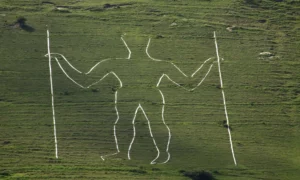
Long Man of Wilmington
The Long Man of Wilmington, also known as the Wilmington Giant, is a prominent hill figure located on the steep slopes of Windover Hill near Wilmington, East Sussex, England. This figure, standing at 235 feet tall and holding two staves, is a significant cultural and historical landmark within the region.
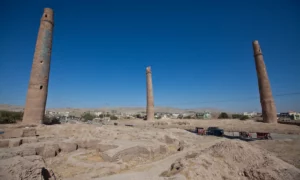
Musalla complex
The Musalla Complex, also known as the Musallah Complex or the Musalla of Gawhar Shah, is a significant historical site located in Herat, Afghanistan. This complex, which showcases the splendor of Timurid architecture, has unfortunately fallen into ruins over the centuries. Today, the remnants of this once-magnificent complex include the five Musallah Minarets of Herat, the Mir Ali Sher Navai mausoleum, the Gawhar Shad Mausoleum, and the ruins of a large mosque and a madrasa complex.
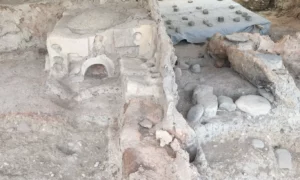
Grakliani Hill
Grakliani Hill, located near Kaspi in eastern Georgia, is an archaeological site of significant importance, evidencing human activity that potentially dates back to 300,000 years ago. Discovered in 2007 during the expansion of the Tbilisi-Senaki-Leselidze highway, this site has since been a focal point of research conducted by Tbilisi State University.
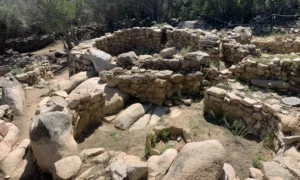
Lu Brandali
The Lu Brandali Nuragic Complex, situated in the northern region of Sardinia, Italy, offers a significant glimpse into the Nuragic civilization, which thrived from the 14th century BC to the 10th century BC. This archaeological site is located in the municipality of Santa Teresa Gallura, specifically in the locality of Santa Reparata. The complex is set on a granite promontory and is surrounded by a dense forest of olive trees, myrtles, mastic trees, and junipers, providing a picturesque setting that enhances the historical and cultural significance of the site.
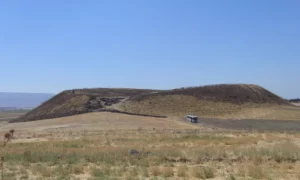
Tell Qarqur
Tell Qarqur is a significant archaeological site located in the Orontes River Valley in western Syria. The site is positioned in the fertile Ghab valley and is close to the modern town of Jisr ash-Shugur and one kilometer west of the village of Qarqur. This double-mounded site has a rich history, spanning approximately 10,000 years of nearly continuous human occupation.

